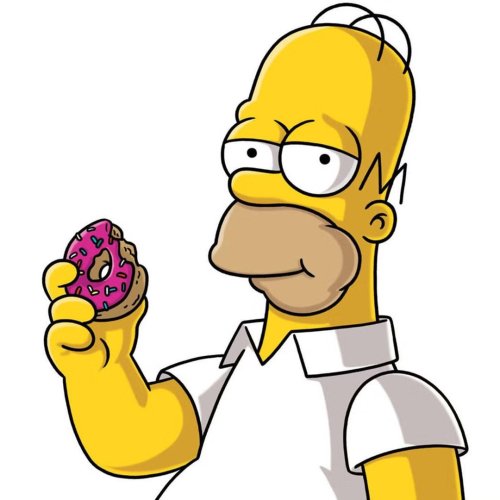
Twins Video
Part 5 of a 12-part series that breaks Twins history into fun-sized chunks.You can find more here:
Part 1 | Part 2 | Part 3 | Part 4 | Part 5
The roots of that decline could be traced back to late 1975, when an arbitrator’s ruling essentially struck down MLB’s reserve clause and granted players free agency at the expiration of their contracts. Griffith had a miserly reputation – the Twins built an advertising campaign around that very topic in 1976 - and baseball’s new economic reality hit the Twins hard. Before the 1978 season, both Bostock and Hisle signed with other teams and the offense suffered to the tune of 200 fewer runs. The team finished 16 games under .500 and attendance fell with it, down to just 787,000, which perpetuated the problem of retaining premier players.
But even if the Twins had continued to draw fans, circumstances had deteriorated to the point where keeping a superstar like Carew with the club might have been impossible. For starters, Carew wanted more quality ballplayers around him to give the team better chance at winning. Moreover, the relationship between Carew and the Twins became irreparable after Griffith made several off-color remarks--some of a racial nature--at a Lions Club function in Waseca, Minnesota. Carew, due to become a free agent following the 1979 season, was traded for four players to the California Angels, where he would finish his career.
Without their superstar, the Twins competed in two of the next three years. They finished above .500 in 1979 and had a surprise run at a division title in the second half of the strike-impacted 1981 season. But the focus was shifting from the present to the future, which would include overwhelming changes for the franchise.
The first of those changes was a brand new indoor ballpark. The Metrodome was the result of a 1977 Minnesota Legislature stadium bill, but could only be built if the Vikings and Twins both signed a 30-year lease. Griffith, skeptical of the facility but intrigued by an increase in outstate attendance due to no rainouts, negotiated an out-clause: if the team failed to average 1.4 million in attendance over three consecutive years (a level the Twins had not averaged over a 3-year period in their history), he could break the lease.
When the new stadium opened in 1982, the honeymoon lasted exactly one night. In its inaugural home opener, the Metrodome drew 52,279 fans amid much pageantry. The next night the club drew 5,213. By the end of the season, attendance would fail to reach the 1,000,000 mark. And by the end of the first week, Griffith started dismantling the team for a youth movement, trading quality shortstop Roy Smalley to the Yankees. Two more trades would complete the fire sale by the middle of May. The 1982 team, in their brand new home, would finish with 102 losses.
But 1982 wouldn’t just be remembered for a record-setting number of losses for the Twins. It would also become known as the beginning of a new generation of Twins that would finally reach the mountaintop. Nineteen-eighty-two was the rookie season for Kent Hrbek (22 years old), Tom Brunansky (21) and Gary Gaetti (23), all of whom slugged at least 20 home runs. Starting pitcher Frank Viola (22) would also debut that season, pitching to battery-mate and rookie Tim Laudner (23). Griffith had put together the cornerstones of the next contending Twins team.
But it wouldn’t be his Twins team.
MORE FROM TWINS DAILY
— Latest Twins coverage from our writers
— Recent Twins discussion in our forums
— Follow Twins Daily via Twitter, Facebook or email
— Become a Twins Daily Caretaker






Recommended Comments
Join the conversation
You can post now and register later. If you have an account, sign in now to post with your account.
Note: Your post will require moderator approval before it will be visible.